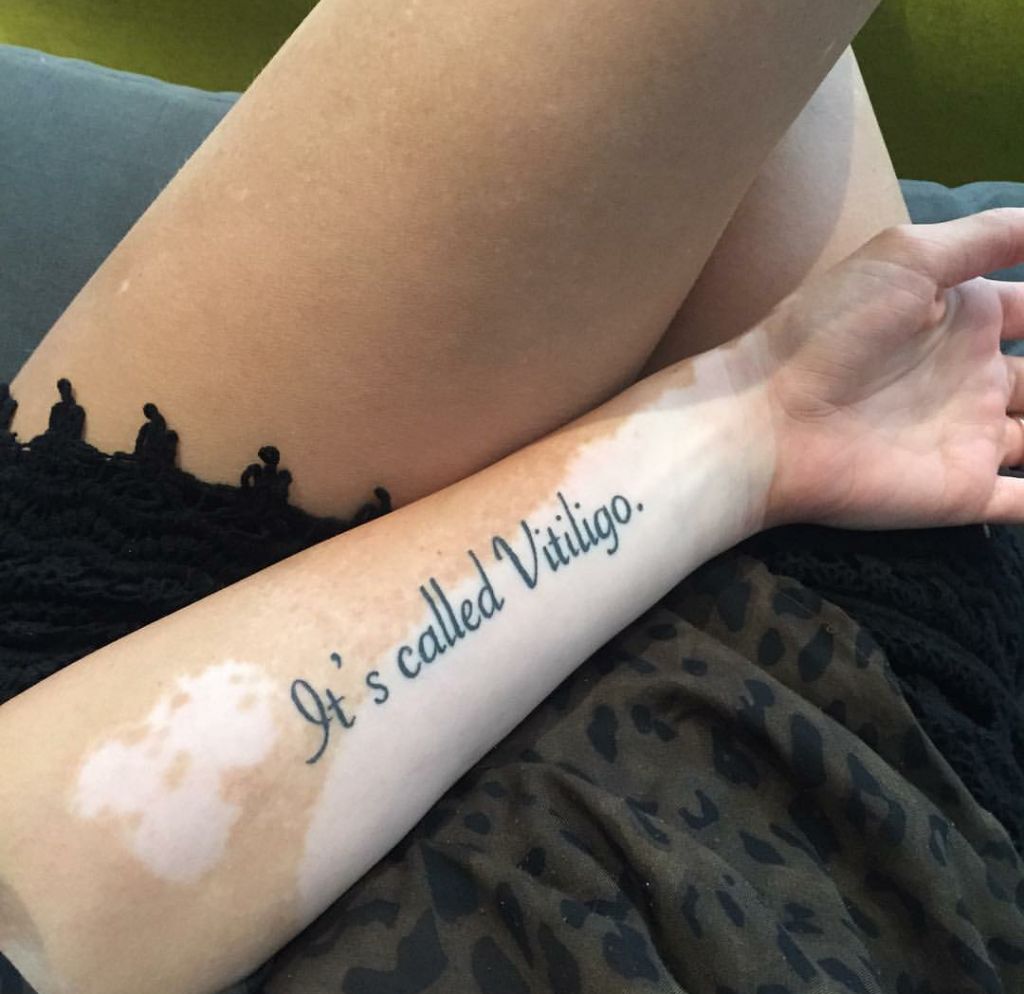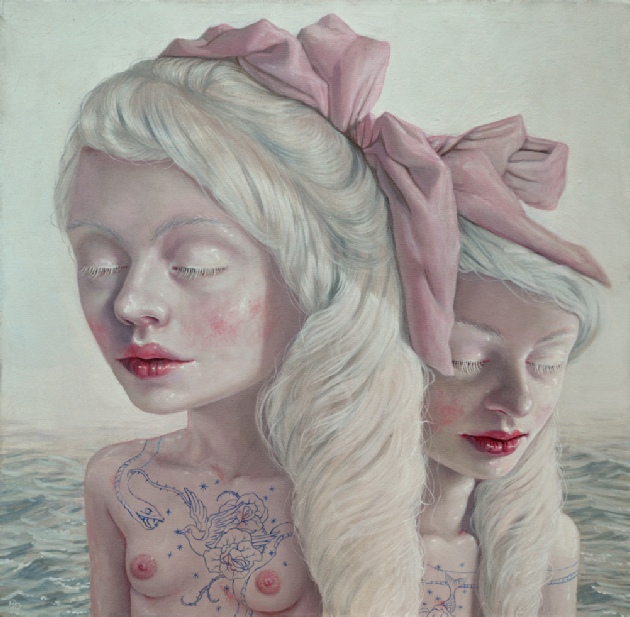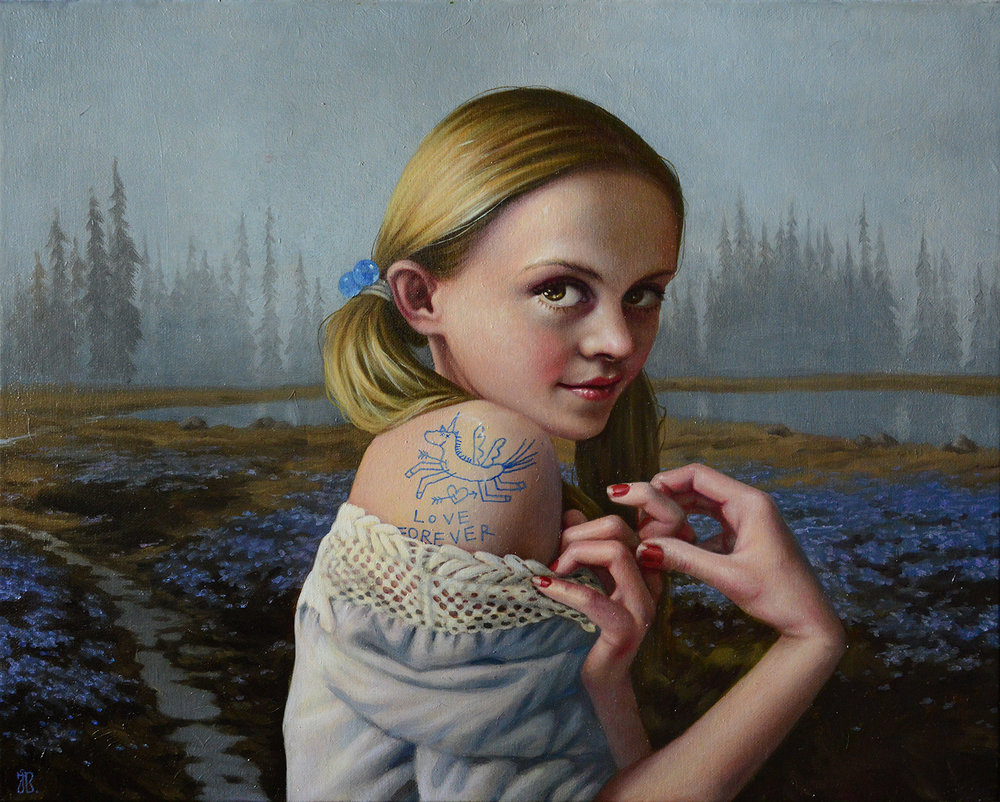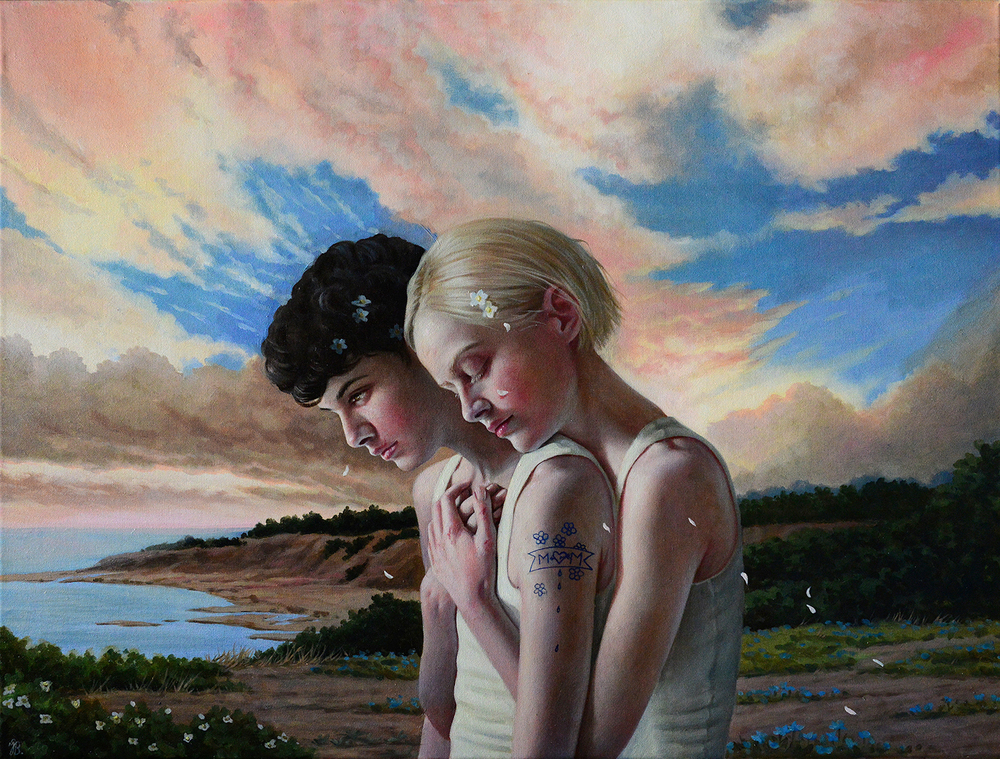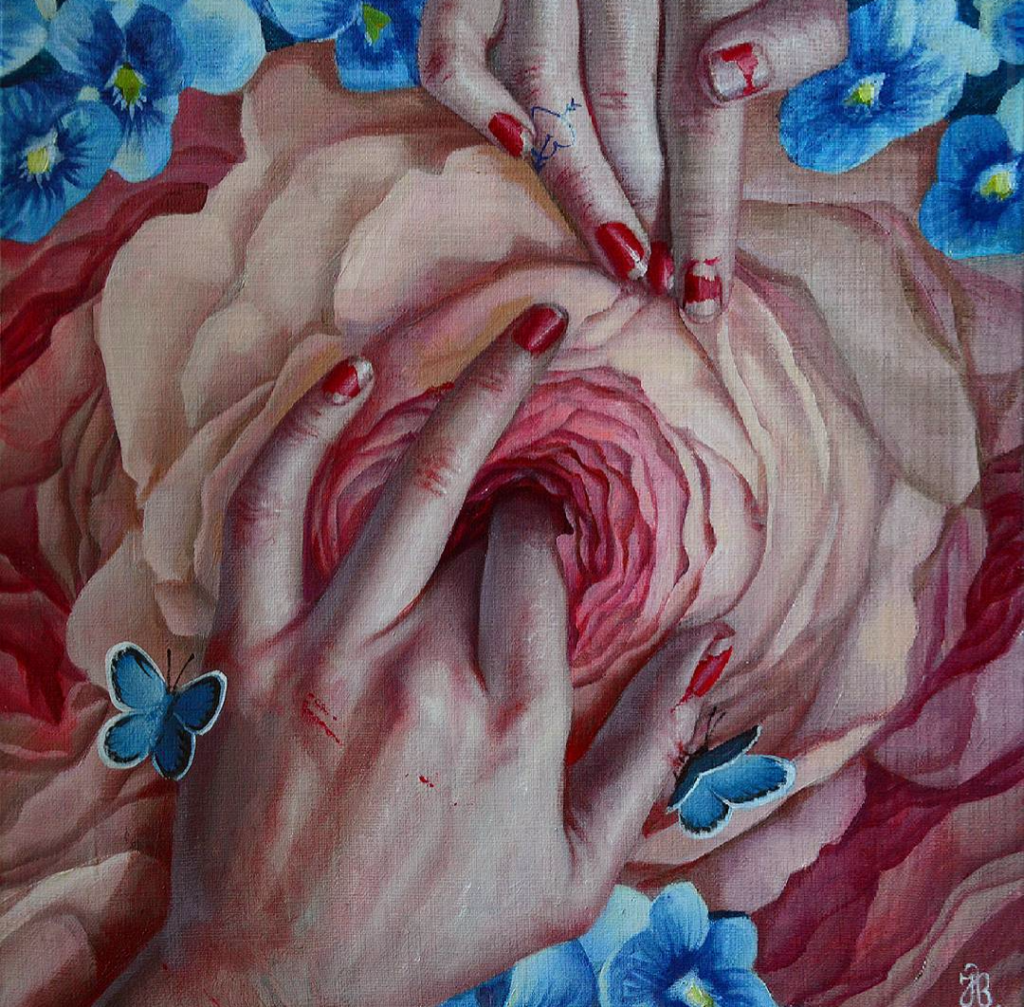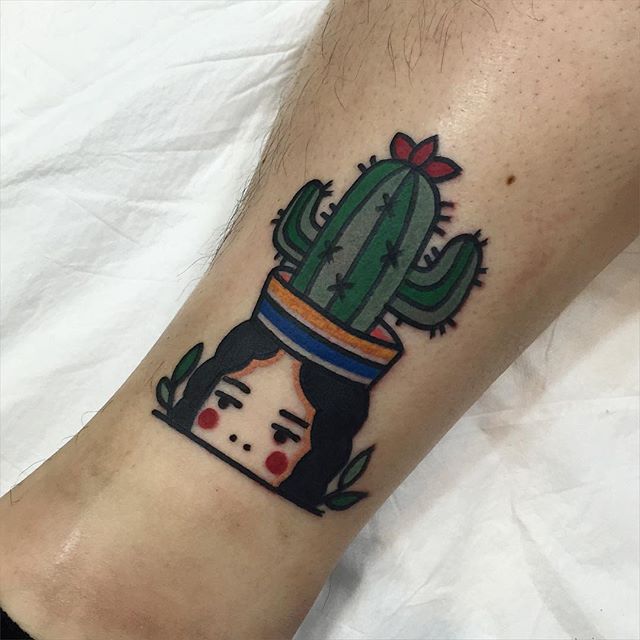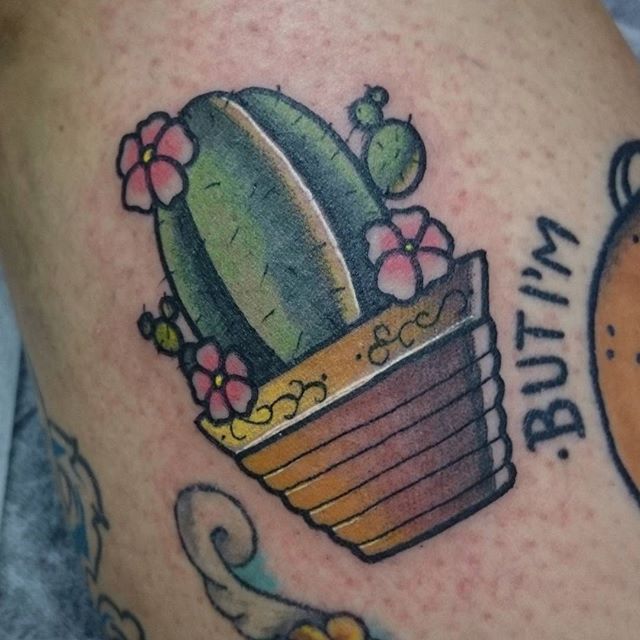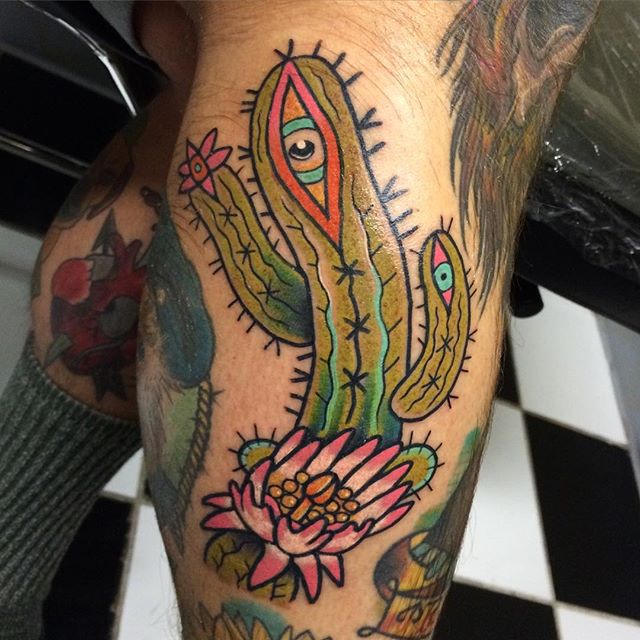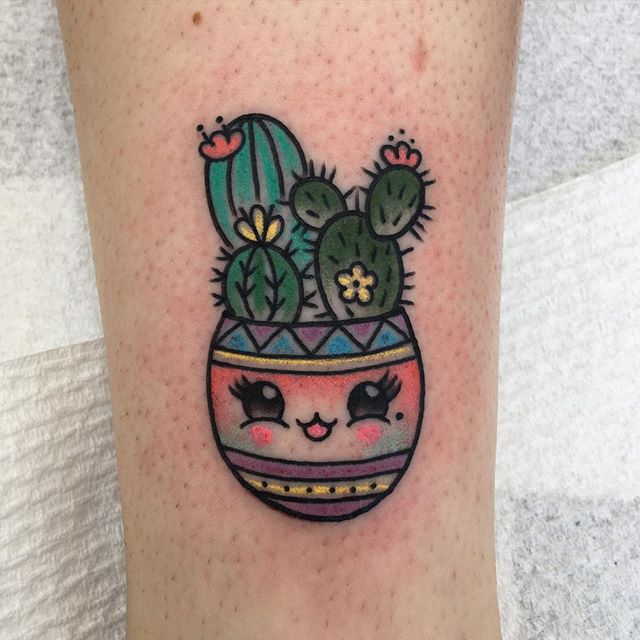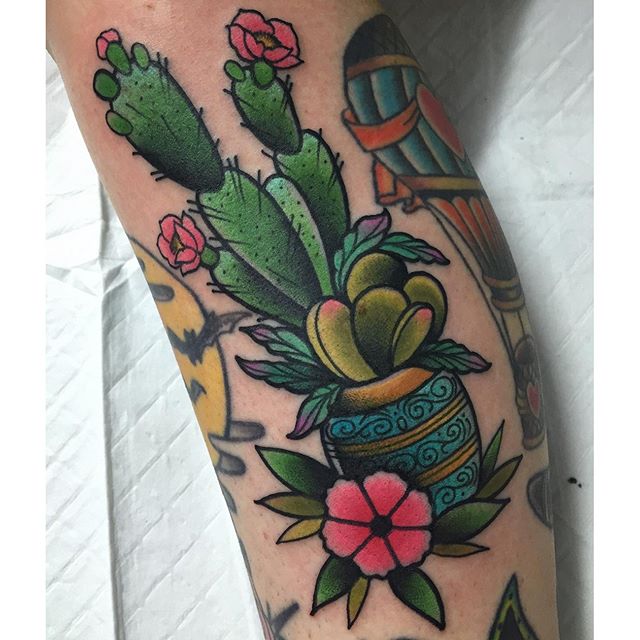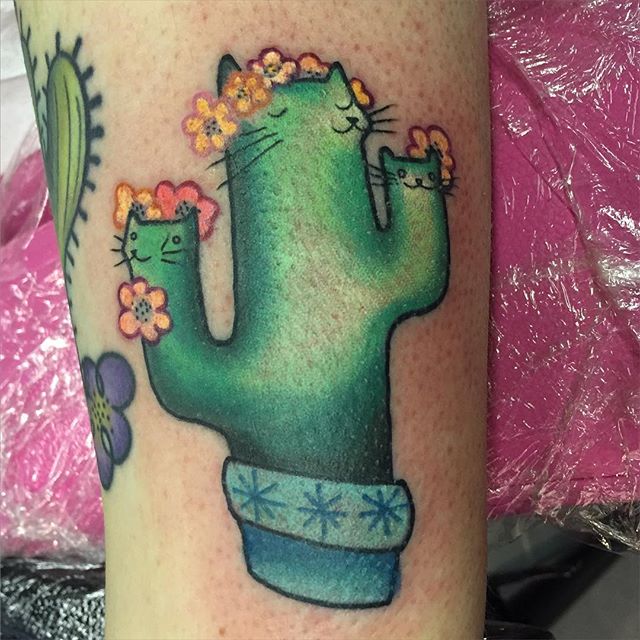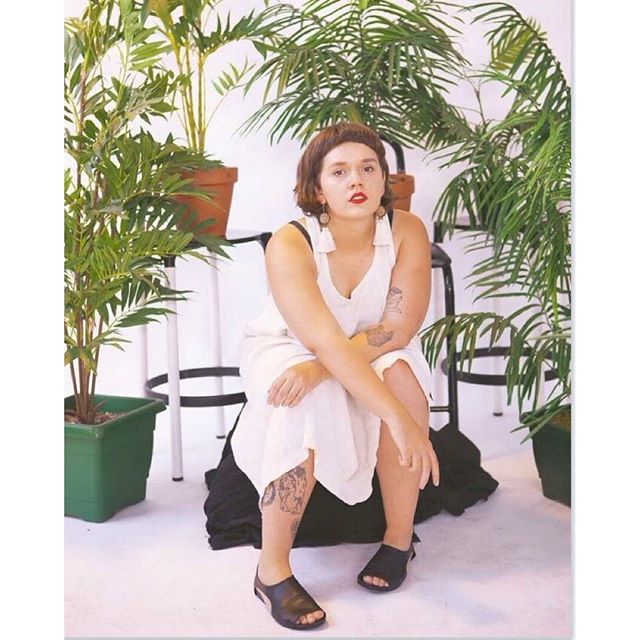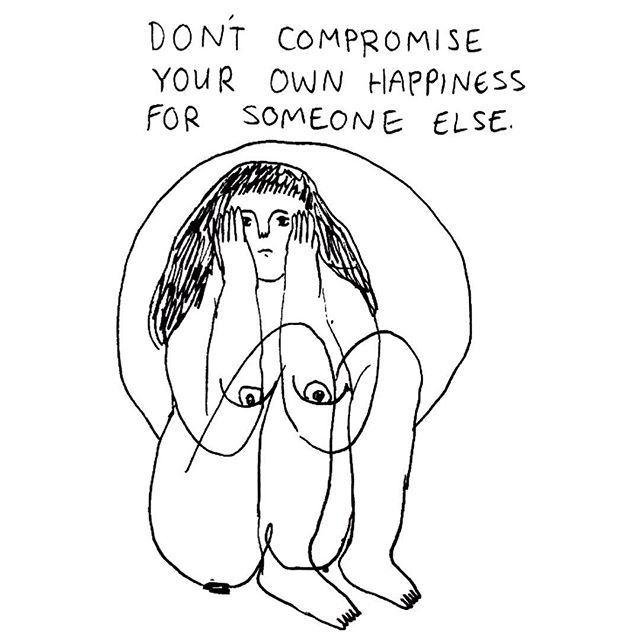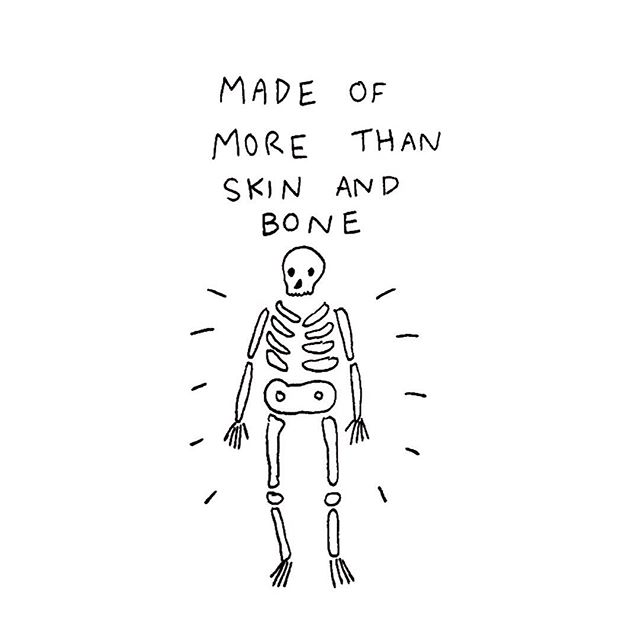Meet 21-year-old Sophia Bickerton, an aspiring tattoo artist who we featured in our Stripped Back issue in The New Normal, a circus-themed shoot showcasing four inspirational people. Here tells us about getting her tongue split…
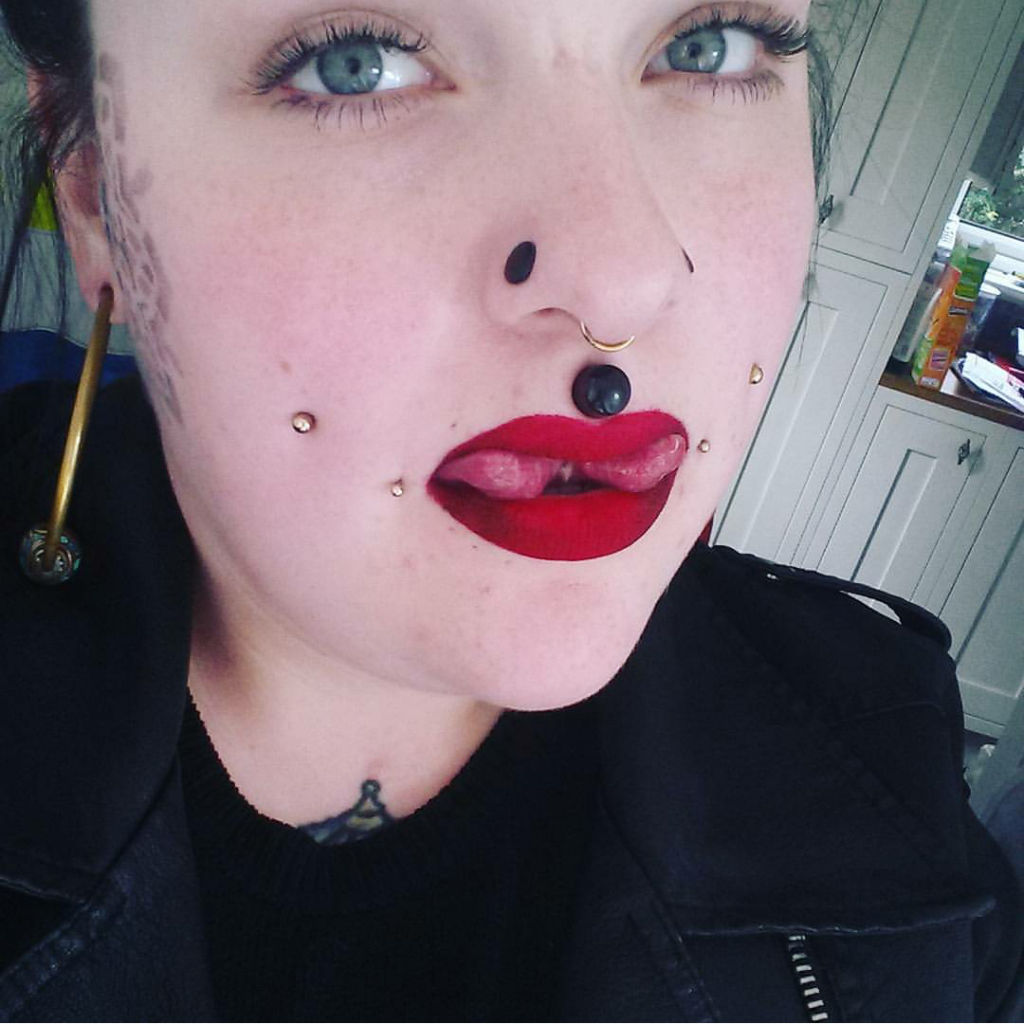
I can’t say that I had a real reason for getting my tongue split, apart from the fact that I think it looks amazing! I love that you are able to do that to your body. I had wanted to get it done for the past eight years and only recently I plucked up the courage to actually go through with it! For two months before I got it done, I couldn’t get the idea out of my mind. I was dreaming about it almost every night. And I’m a big believer that what is stuck on your mind needs to happen. So it happened!
After a lot of research, I ended up travelling to London to have it split. When I woke up on the day, I was so excited – I just couldn’t wait. While I was travelling I started to feel nervous, so nervous that I felt like I was going to be sick and in the end I had a panic attack because I was so excited and scared at the same time, I just couldn’t process it!
The actual tongue split was magical. I had forceps on either side of my tongue so when it had been cut, it was held apart and I just couldn’t believe it. The thing I had wanted for so long had finally been done. I couldn’t stop smiling and giggling, I was over the moon! My tongue was finally in half! So after that I was on a natural high, I couldn’t feel a thing, only happiness.
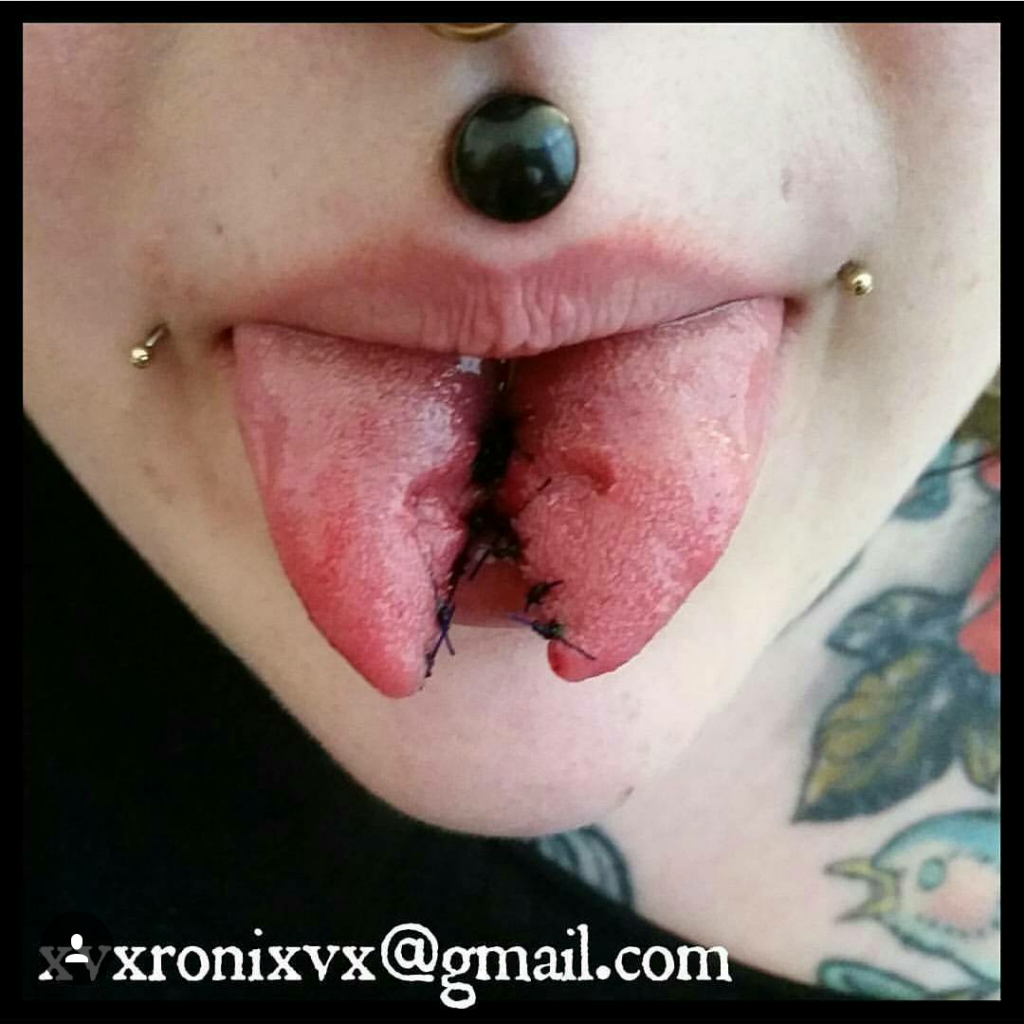
After everything was over and I had been sutured up, I was told about aftercare and what my dos and don’ts were. After that, it was back to the underground to catch the tube and that’s when it hit me. I was in so much pain and, to make it worse, I ended up having a random coughing fit, which as you can imagine wasn’t very pleasant. It ended up making my tongue bleed a lot as it was putting pressure on my sutures. And that’s when I started to realise what I had done, I’ve just had my tongue split in half, and I must admit for the three or more hour journey home I started to regret my decision because it just hurt so much, it was throbbing and it was starting to swell.
Day two and three were the most uncomfortable, the swelling had taken over and my tongue had ballooned that much that I had to sit with my mouth open, my tongue just wouldn’t fit in my mouth – I couldn’t even push my tongue in to close my teeth. But pain wise, it didn’t hurt during the day but strangely would hurt at night.
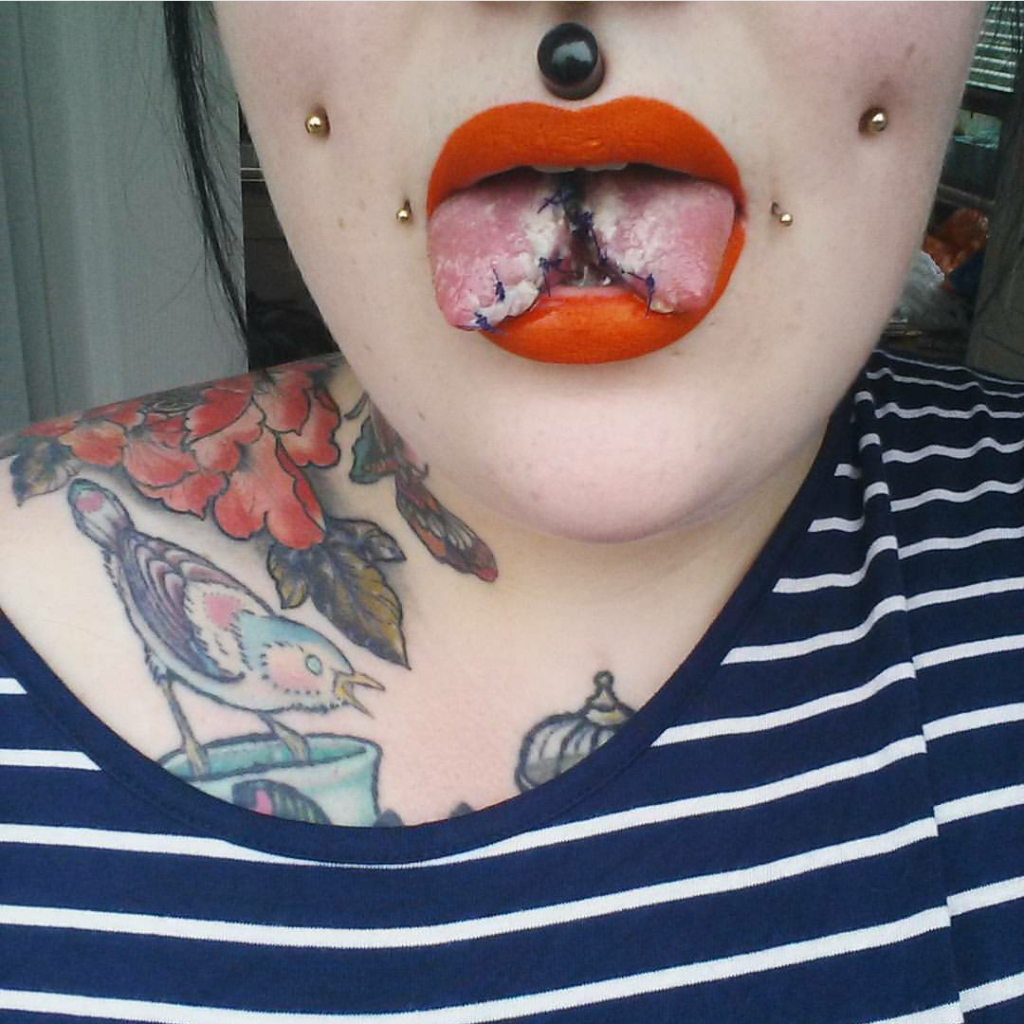
And sleeping, oh damn, that wasn’t fun. I went through so many tissues! The drooling was unbelievable and just when the pain would subside and I was drifting off to sleep I would wake myself up by drooling everywhere. In the end I had to sleep with tissues pressed up against my mouth so it didn’t go everywhere.
Day five was the best day, the swelling was minimal and there was hardly any pain. The only down side was the fact my tongue looked so disgusting due to the white scabs. After a week, I ended up taking the stitches out, they were so uncomfortable and hurt so much. But without them, my tongue felt amazing, I felt free, it felt just like my normal tongue again. The best part was that I could eat properly again.
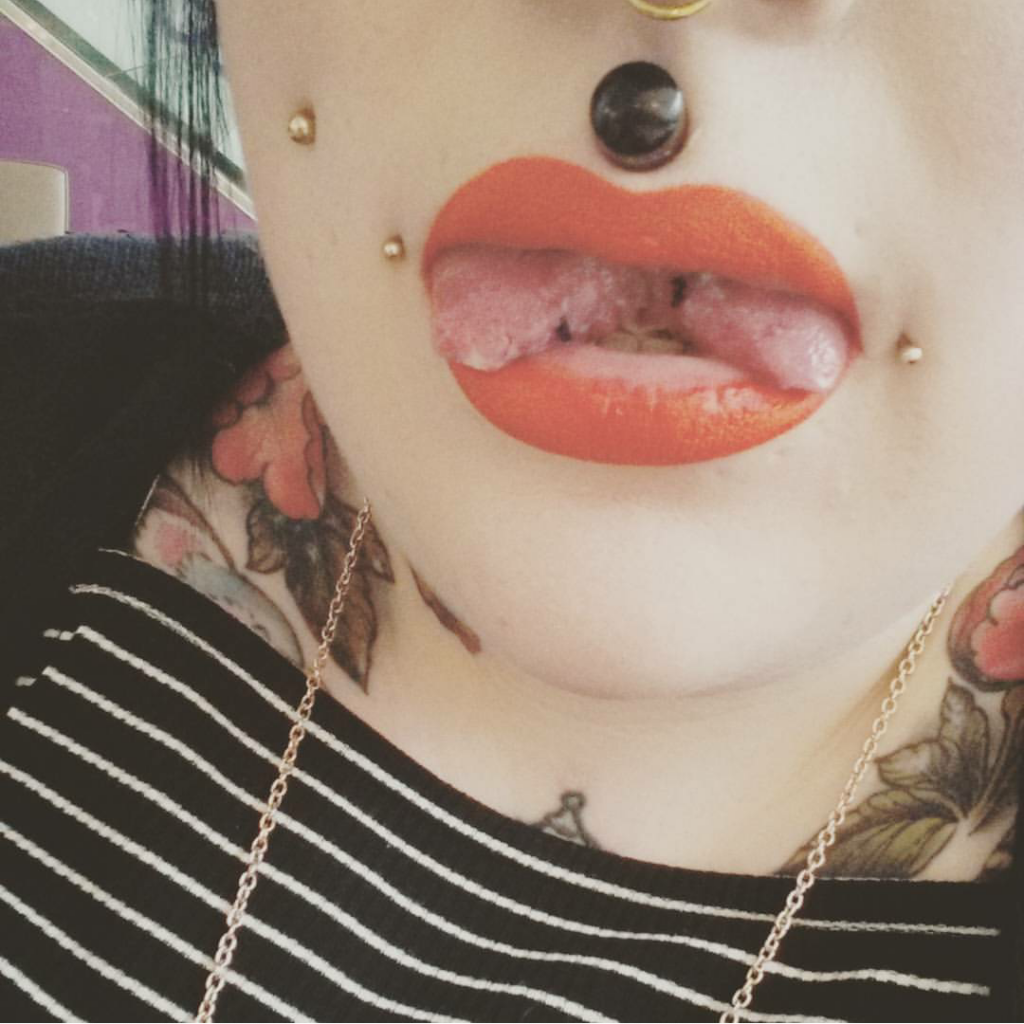
People have had mixed reactions, my nanna doesn’t like it at all and doesn’t understand why I would do that to my body, where as my grandad was happy for me, as he knew it made me happy. My niece and nephew love it, they are always asking if they can see it, but for them, it’s normal. They have grown up around me and know that I’m a little different to the rest of the family.
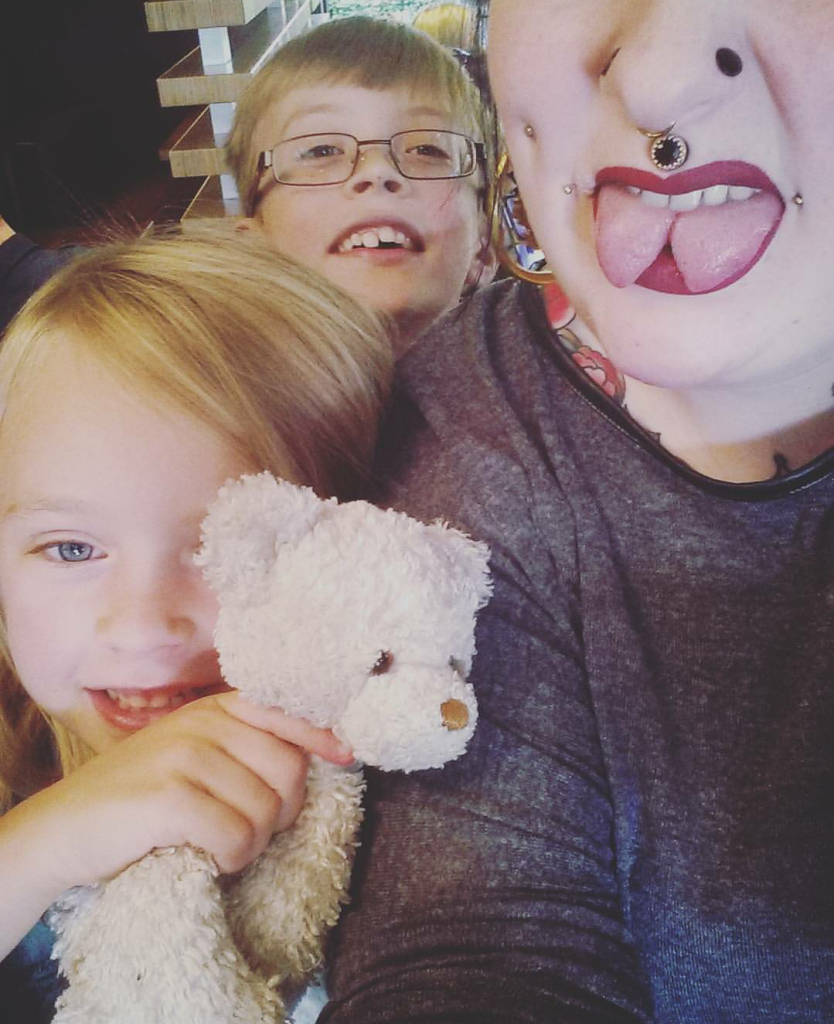
When I’m talking you can’t really tell what has happened, my tongue looks different but for someone who hasn’t seen it before they don’t know. I’ve had people ask me what is wrong with my tongue and they seem shocked when I tell them that I chose to do it.
But for the most part, people don’t care, they find it odd but they know it makes me happy and that’s all that matters.
I plan on having my tongue split further back in a few months, which I am really excited about! It healed up just a tiny bit and I’d like to have my split as big as it will allow me without having to have my frenulum cut. I’d also love to get my ears pointed in the future, but I cant see myself going through the healing process, as it will take months to fully heal and be very painful. For me, having my tongue split is the best thing I have ever done and it is now my favourite part of my body.
